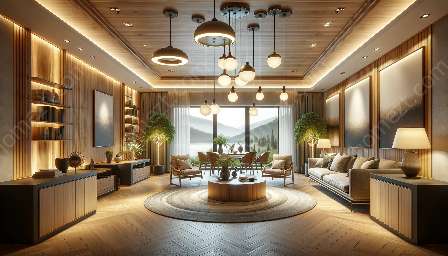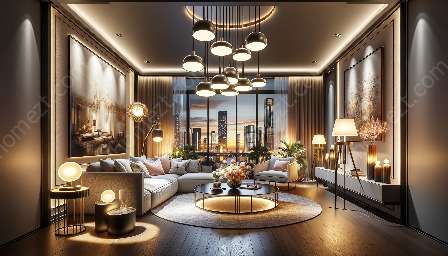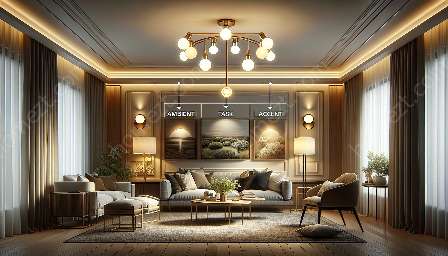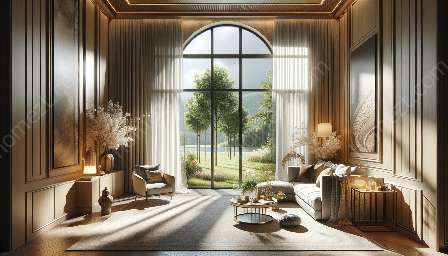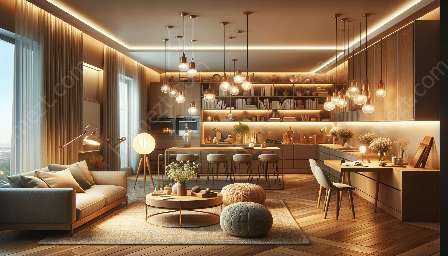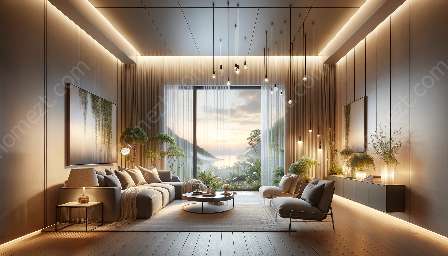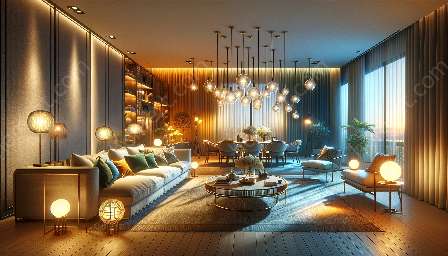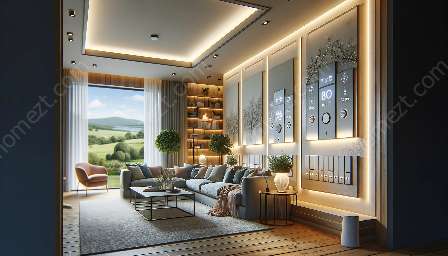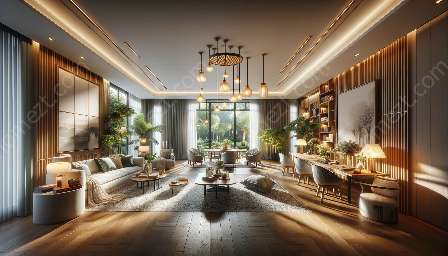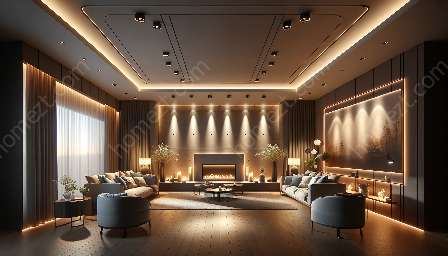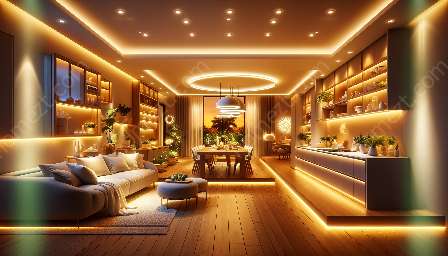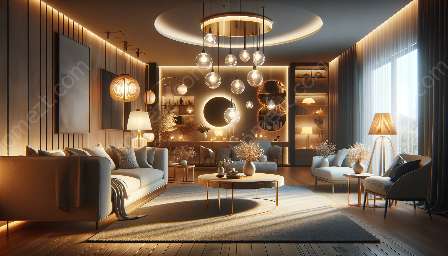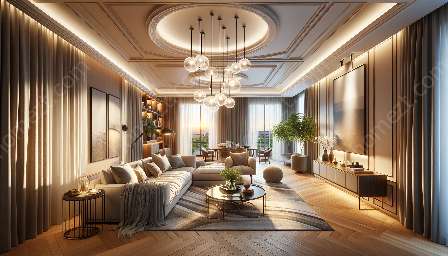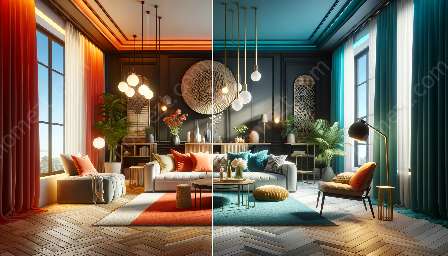Creating a well-designed lighting plan is crucial for enhancing the ambiance and functionality of your living space. In the context of home furnishings, the principles of lighting design play a vital role in accentuating the beauty of furniture and decor while ensuring adequate illumination for various activities. By understanding the key principles and techniques of lighting design, you can transform your home into a more inviting and visually appealing environment.
The Importance of Lighting Design
Lighting design is an essential aspect of interior design that often goes overlooked. The right lighting can set the mood, highlight architectural features, and showcase your home furnishings. Properly designed lighting can make a small space feel larger and create a cozy atmosphere in larger rooms. Understanding the principles of lighting design is crucial for achieving a harmonious balance between aesthetics and functionality in your living space.
Key Principles of Lighting Design
When creating a lighting design for your home furnishings, it's important to consider several key principles:
- 1. Functionality: The lighting design should support the activities and functions of the space, such as reading, dining, or relaxing.
- 2. Layering: Incorporating various layers of light, including ambient, task, and accent lighting, to create depth and dimension within the space.
- 3. Color Temperature: Understanding the impact of different color temperatures (warm, neutral, cool) on the overall atmosphere and mood of the space.
- 4. Balance: Achieving a balance between direct and indirect lighting to minimize glare and create a comfortable environment.
- 5. Flexibility: Designing the lighting scheme with flexibility in mind, allowing for adjustments based on different activities and time of day.
- 6. Energy Efficiency: Incorporating energy-efficient lighting sources and controls to reduce energy consumption and environmental impact.
Techniques for Implementing Lighting Design Principles
Once you understand the principles of lighting design, there are various techniques you can utilize to enhance your home furnishings:
- 1. Layered Lighting: Combine ambient, task, and accent lighting to create a dynamic and visually appealing atmosphere.
- 2. Highlighting Focal Points: Use directed light to highlight specific furniture pieces, artwork, or architectural details within the space.
- 3. Dimmers and Controls: Install dimmers and lighting controls to adjust the intensity and mood of the lighting based on the time of day and specific activities.
- 4. Use of Shadows: Leverage the interplay of light and shadow to add depth and drama to your home furnishings.
- 5. Concealed Lighting: Incorporate concealed lighting to create a soft, ambient glow and add a touch of elegance to the space.
- 6. Natural Light Integration: Maximize natural light sources and consider how artificial lighting can complement and enhance the natural daylight.
Creating a Lighting Design for Your Home Furnishings
When designing the lighting for your home, it's essential to consider the specific needs of each room and the types of home furnishings present. For example:
- Living Room: Incorporate a mix of ambient lighting for overall illumination, task lighting for reading or playing games, and accent lighting to highlight decorative objects.
- Dining Area: Install a pendant or chandelier above the dining table to create a focal point and provide adequate lighting for dining activities.
- Bedroom: Utilize a combination of bedside lamps, wall sconces, and overhead lighting to create a relaxing and cozy atmosphere.
- Kitchen: Implement under-cabinet lighting for task illumination and consider pendant lights or track lighting for ambient and decorative purposes.
- Home Office: Ensure adequate task lighting to minimize eye strain and consider adjustable lighting options for maximum flexibility.
Conclusion
Understanding the principles of lighting design is essential for creating a captivating and functional environment for your home furnishings. By incorporating the key principles and techniques, you can transform your living space into a welcoming and visually stunning haven. Whether you're a design enthusiast or simply looking to enhance the beauty of your home, mastering the art of lighting design can make a significant difference in the overall ambiance and comfort of your living space.

